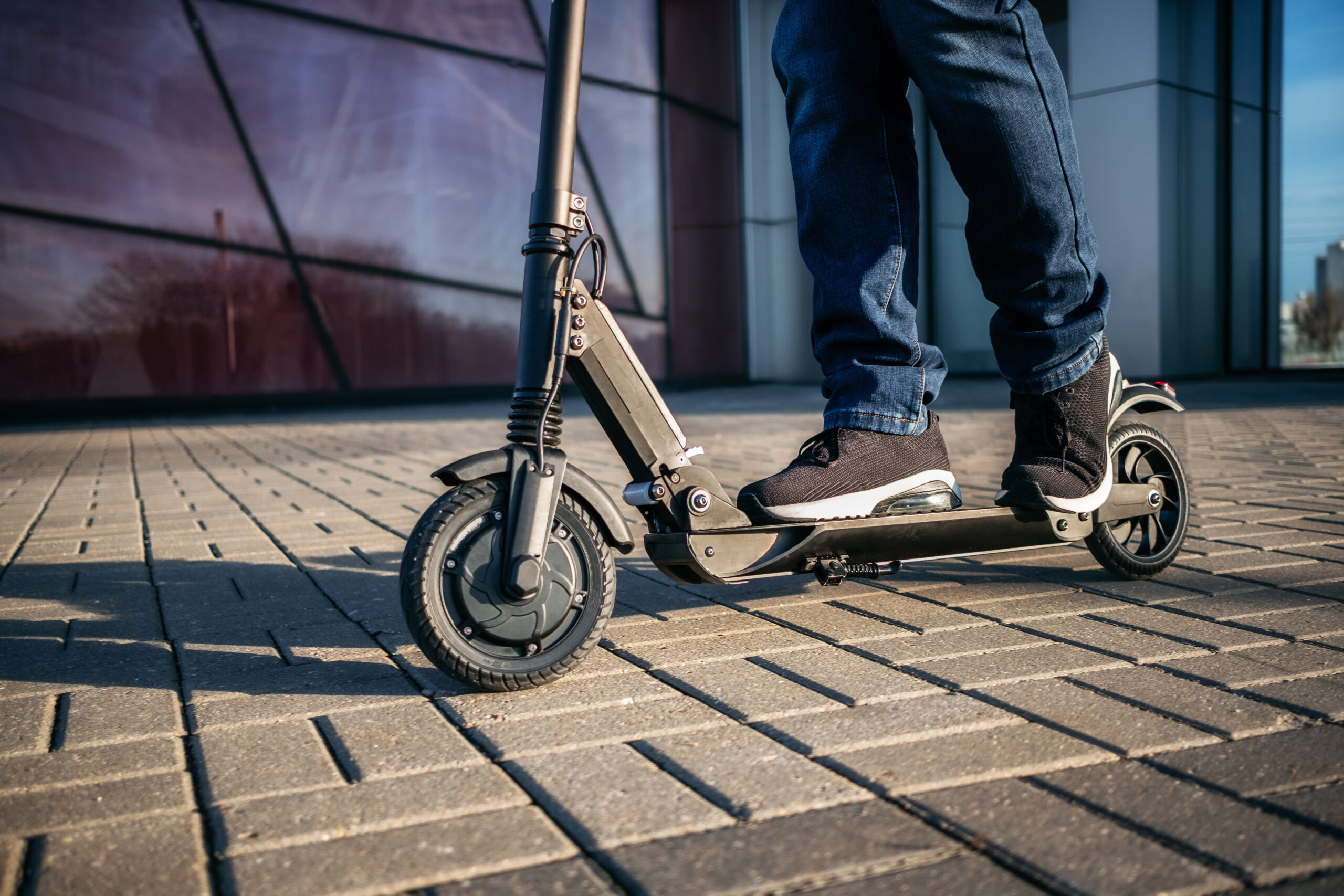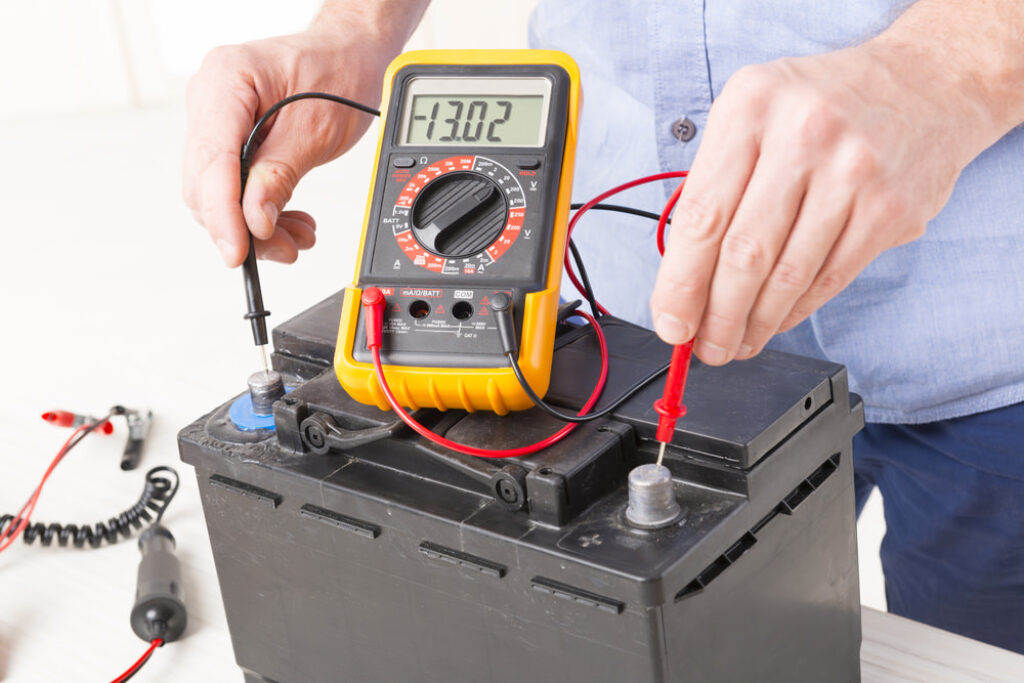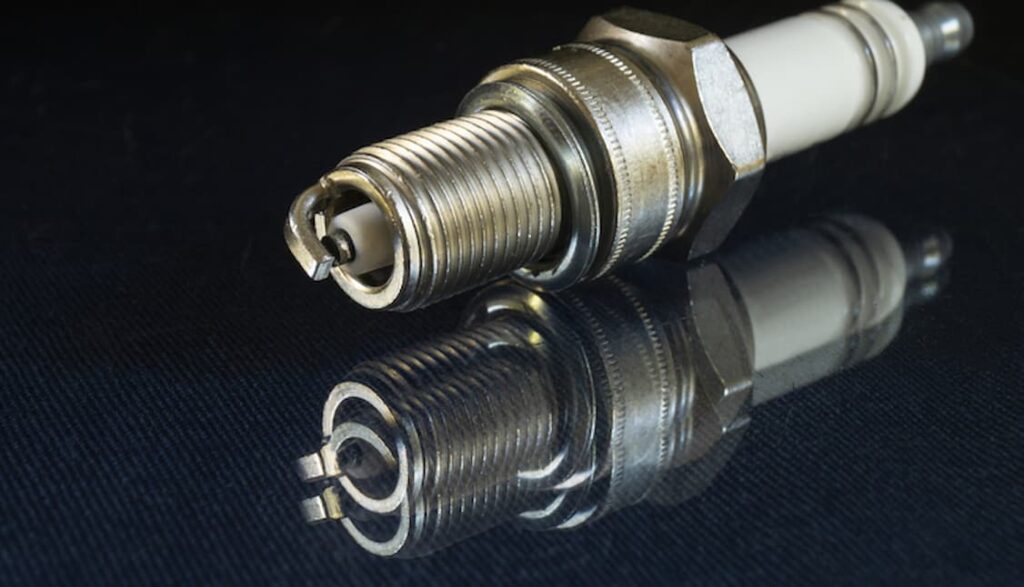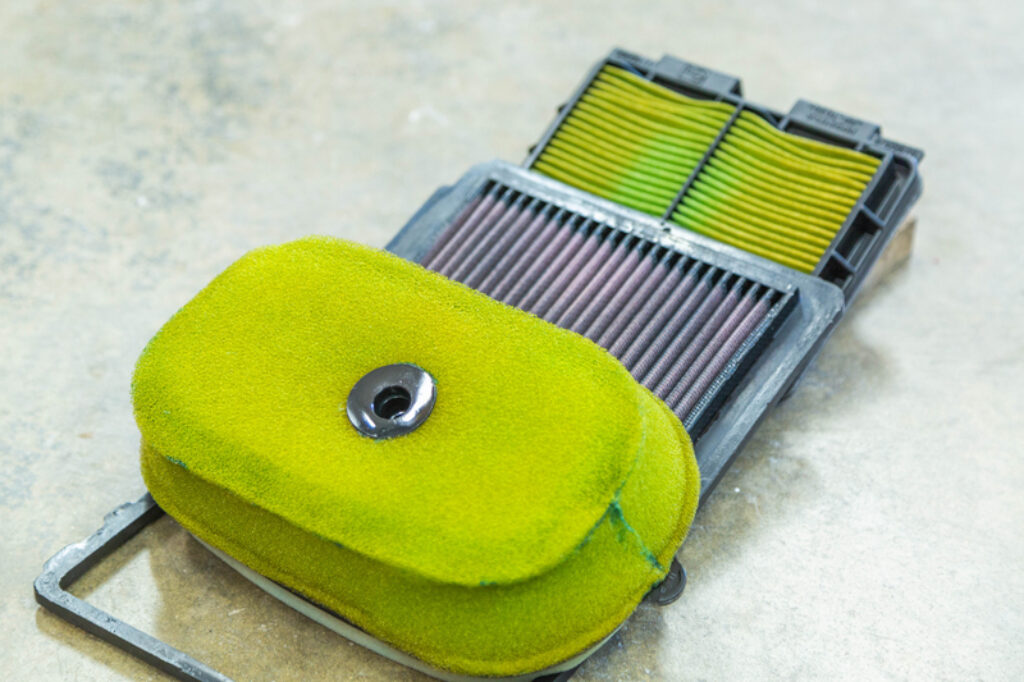
Scooters are an economical and convenient mode of transportation, but they can run into problems just like any other vehicle. Fortunately, many of these issues are easily diagnosable and fixable, even for those without much mechanical experience. Here are 7 tips for troubleshooting and fixing common scooter problems:
Table of Contents
Check the Battery

Source: electric-scooter.guide
The battery is an essential component of your scooter’s electrical system. If your scooter won’t start, the first thing to check is the battery. Here are some tips on how to check your scooter’s battery.
Visual Inspection
Start by inspecting the battery for any signs of damage or corrosion. Check the battery terminals for any corrosion or buildup. Clean the terminals if necessary, and make sure they are tight and secure.
Voltage Test

Source: executivetowingservices.com.au
Use a multimeter to test the battery voltage. With the scooter turned off, connect the multimeter to the battery terminals. A fully charged battery should read around 12.6 volts. If the battery voltage is low, it may need to be charged or replaced.
Load Test
If the battery voltage is low, it’s time to perform a load test. A load test measures the battery’s ability to deliver power under a load. With the trail bike turned off, connect a load tester to the battery terminals. Apply the load, and check the voltage. If the voltage drops below a certain level, it may be time to replace the battery.
Charging the Battery
If the battery voltage is low, and passes the load test, it’s time to charge the battery. Using an RMS battery charger is recommended as it ensures a safe and efficient charging process. Follow the manufacturer’s instructions for charging, and make sure to charge the battery in a well-ventilated area to prevent any potential hazards.
Inspect the Spark Plug

Source: repairsmith.com
If the battery is fine, the next step is to check the spark plug. A faulty spark plug can prevent your trail bike from starting or cause it to run poorly. Remove the spark plug and inspect it for damage or wear. If it looks worn, dirty, or damaged, replace it with a new one.
Look for Fuel Problems
One of the most common issues with scooters is fuel-related problems. If your scooter won’t start or is running poorly, it could be due to several reasons such as a clogged fuel filter, old fuel, or a problem with the fuel lines. It is essential to keep your scooter’s fuel system clean and well-maintained to prevent these problems.
Inspect the Fuel Filter
The fuel filter is responsible for preventing contaminants from reaching the engine. If the fuel filter is clogged, it can restrict the flow of fuel to the engine and cause it to run poorly or not start at all. To check the fuel filter, locate it on your trail bike and remove it. If it is dirty or clogged, replace it with a new one.
Check the Fuel Lines
Inspect the fuel lines for any signs of wear or damage, such as cracks or leaks. If the fuel lines are damaged, it can cause fuel to leak, which is not only hazardous but can also affect the scooter’s performance. Replace any damaged fuel lines as soon as possible.
Replace Old Fuel
If you leave fuel in your scooter for an extended period, it can become stale and clog the fuel system. It’s recommended to use fresh fuel every time you ride your trail bike. If you suspect that the fuel is old, drain it and replace it with fresh fuel.
Clean the Carburetor
The carburetor mixes air and fuel to provide the engine with the proper ratio for combustion. Over time, dirt and debris can accumulate in the carburetor, causing it to become clogged. Cleaning the carburetor can improve the scooter’s performance and prevent future problems.
Check the Air Filter

Source: ridermagazine.com
A dirty or clogged air filter can also cause your scooter to run poorly. Check the air filter and clean it or replace it if it’s dirty. This is a simple and inexpensive fix that can greatly improve the performance of your scooter.
Inspect the Tires
Scooter tires can wear out quickly, especially if they are not properly inflated or if the trail bike is ridden on rough roads. Check the tires for any signs of wear or damage, and make sure they are properly inflated. If the tires are worn or damaged, replace them with new ones.
Check the Brakes
The brakes are an essential component of your scooter’s safety system. If your scooter’s brakes are not working correctly, it can be hazardous to ride. It’s essential to regularly check the brakes and make sure they are in good working order. Here are some tips on how to check your scooter’s brakes.
Inspect the Brake Pads
The brake pads are the parts of the brake system that contact the brake disc or drum to slow down the trail bike. Over time, the brake pads can wear out, which can reduce their effectiveness. Inspect the brake pads for any signs of wear or damage. If they are worn out or damaged, they should be replaced as soon as possible.
Check the Brake Lines
The brake lines are responsible for carrying brake fluid to the brake calipers or drum brakes. If the brake lines are damaged or leaking, it can cause the brakes to fail. Inspect the brake lines for any signs of wear or damage, such as cracks or leaks. If the brake lines are damaged, they should be replaced immediately.
Check the Brake Fluid Level
The brake fluid is responsible for transferring the force from the brake lever or pedal to the brake calipers or drum brakes. If the brake fluid level is low, it can cause the brakes to feel spongy or not work at all. Check the brake fluid level regularly and top it up if necessary.
Test the Brakes
Once you have inspected the brake pads, brake lines, and brake fluid level, it’s time to test the brakes. Start by testing the front brakes, then the rear brakes. Apply the brakes gently at first, then increase pressure gradually to check their effectiveness. If the brakes feel spongy or not responsive, there may be a problem with the brake system that needs to be addressed.
Look for Electrical Problems

Source: youtube.com
If your scooter’s lights, horn, or other electrical components are not working, it may be due to a blown fuse, loose wiring, or a faulty electrical component. Check the fuses and wiring for any signs of damage or wear. If you can’t find the problem, it may be best to take your scooter to a professional for repair.
Conclusion
By following these 7 tips for diagnosing and fixing common scooter problems, you can keep your scooter running smoothly and safely. Remember to always wear protective gear and follow all traffic laws when riding your trail bike. If you are unsure about how to fix a problem, it’s always best to take your trail bike to a professional for repair.







